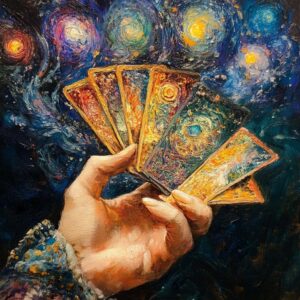
The Tarot has a long and intriguing past, one that has evolved from a set of playing cards into a profound tool for insight and guidance. In "A Brief History of Tarot," we will explore the origins of these mystical cards, tracing their journey through different cultures and historical periods. This exploration offers a deeper understanding of how Tarot has transformed over the centuries and why it continues to captivate and inspire those who seek its wisdom today. Whether you're a seasoned reader or new to the practice, this brief history provides a foundation for appreciating the rich symbolism and enduring allure of the Tarot.
The article will provide a comprehensive overview of the history of Tarot cards, from their origins to modern developments. We will examine the changes the cards have undergone over time, both in terms of their design and their uses. We will discuss their connections to Kabbalistic texts, astrology, and other mystical traditions, and explore how they have become a popular tool for self-realization, personal development, and spiritual growth.
Initially known as triumph cards, Tarot cards have come a long way since their first appearance in 15th-century Italy. They began as a form of entertainment among the nobility, but over the years, they evolved into a versatile tool with deep spiritual significance.
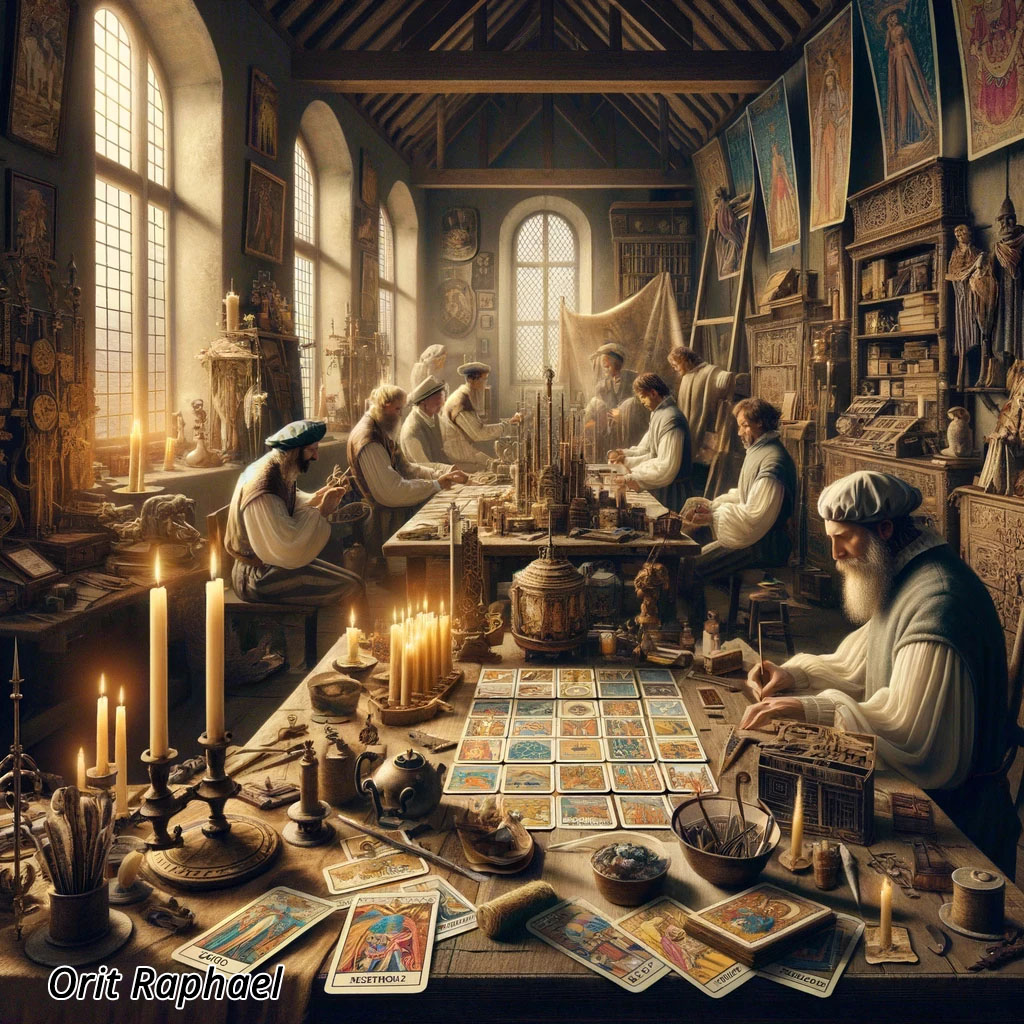
The origins of Tarot cards are rooted in 15th-century northern Italy. It is believed that they developed from other popular card games of the time, such as "Tarocchi" or "Trionfi." Early Tarot decks, known as "Triumph cards," included 22 special cards (known as the "Major Arcana") in addition to a regular deck of cards (referred to as the "Minor Arcana").
The "Major Arcana" cards featured characters and symbols with allegorical, philosophical, and spiritual significance. Among the figures depicted were Death, the Devil, the Lovers, Justice, the Magician, and others. Each card was attributed with a unique meaning, both in the context of card games and in spiritual interpretation.
The initial use of Tarot cards was for playing card games among the Italian nobility. The exact rules of the game are not definitively known, but it is likely that they were similar to other popular card games of the period. The cards may have also been used for gambling purposes.
Over time, different approaches to interpreting the symbols and figures on Tarot cards began to emerge. Connections were made between the cards and Kabbalistic texts, astrology, and other mystical traditions. As a result, Tarot cards evolved into a versatile tool with deep spiritual significance, still used today for divination, spiritual readings, and psychological therapy.
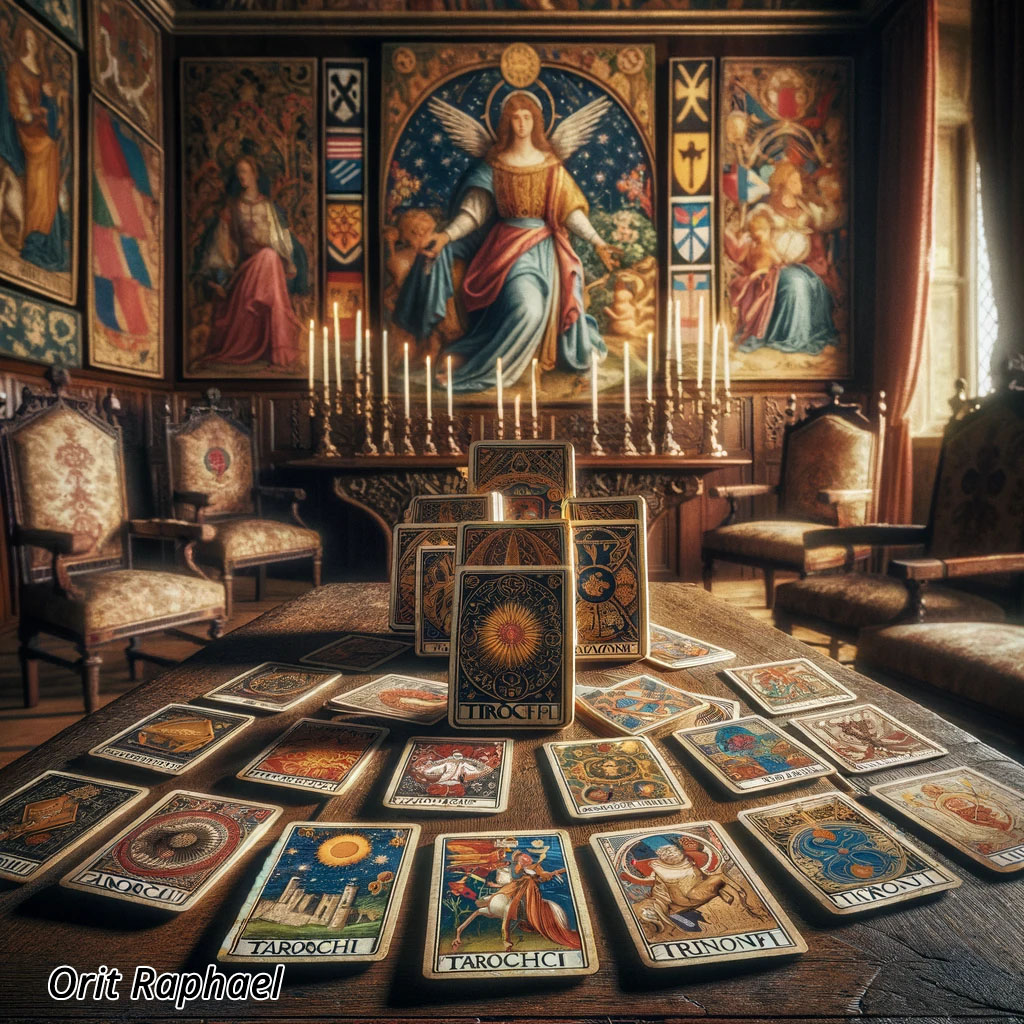
During the 16th century, Tarot cards underwent significant development in both their distribution and usage. Initially, Tarot cards spread across Europe, undergoing slight changes in design and symbolism along the way. Simultaneously, new approaches to interpreting the cards began to emerge, emphasizing their symbolic and spiritual meanings.
A key influence on this development was the connection of Tarot cards to Kabbalistic texts, astrology, and other mystical traditions. Scholars and spiritual practitioners started to view the cards as a complex system of symbols representing spiritual principles and cosmic laws. This perspective led to the widespread use of Tarot cards for divination, spiritual readings, and psychological therapy.
One of the most important figures in this development was Eliphas Levi, the pen name of Alphonse Louis Constant (February 8, 1810 – May 31, 1875), a French mystic and theoretician of magic. Levi found a correspondence between the 22 cards of the Major Arcana and the 22 letters of the Hebrew alphabet, which Kabbalistic teachings attribute with symbolic and mystical meanings. He also related the ten numbered cards of each suit to the ten Sephirot, and the four suits themselves to the four letters of the Tetragrammaton. According to Levi, the cards and their corresponding Kabbalistic principles represent hidden forces that can be harnessed for magical purposes.
Additionally, during the 18th century, various schools of thought on Tarot reading and interpretation began to emerge. These schools emphasized different aspects of the cards, employing diverse approaches ranging from intuition to psychology. This development greatly enriched the discourse around Tarot, transforming it into a versatile and fascinating tool.
The 16th to 18th centuries marked a period of significant growth for Tarot cards. Their spread across Europe, the discovery of their symbolic and spiritual meanings, and their connection to Kabbalistic and astrological texts made them a multifaceted and multidimensional tool. This evolution led to the widespread use of Tarot for divination, spiritual readings, and psychological therapy, making them an integral part of Western culture.
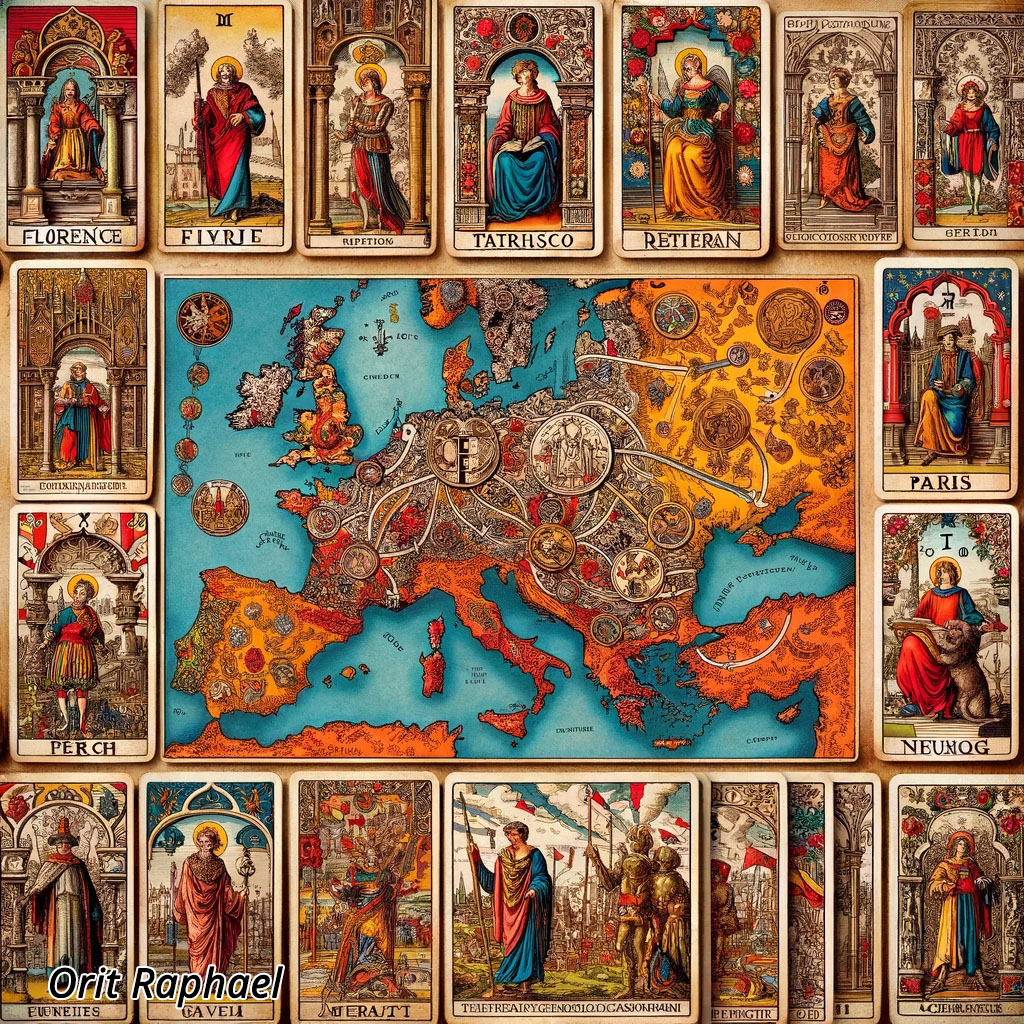
During the 19th and 20th centuries, the world of Tarot experienced significant growth. New and diverse decks emerged across Europe, incorporating symbols and imagery from various realms, such as mythology, astrology, Kabbalah, and even Eastern philosophies. New approaches to reading and interpreting the cards developed, emphasizing the connection between the card symbols and the reader's personal life.
One of the key figures in the Tarot field during the 19th century was Arthur Edward Waite, a scholar and mystic. Waite created a new Tarot deck called the "Rider-Waite" deck, which became one of the most popular decks in the world. This deck was characterized by rich and detailed illustrations, with a focus on the connection between the card symbols and various mystical teachings.
Another significant contribution came from Pamela Colman Smith, a British artist who illustrated the Rider-Waite Tarot cards. Smith's illustrations greatly contributed to making Tarot more accessible to the general public, transforming the reading experience into a more intuitive and engaging one.
Throughout the 20th century, many innovative approaches to Tarot reading and the development of diverse working methods emerged. These approaches highlighted the aspects of personal development and spiritual growth inherent in the Tarot cards.
The spread of the internet significantly contributed to making Tarot more accessible to the general public. Online Tarot communities and forums for discussion and learning sprang up around the world, allowing for the exchange of opinions, knowledge, and experiences among Tarot enthusiasts.
Today, Tarot cards are a versatile tool used for various purposes, from counseling and therapy to coaching, creativity, and art. Tarot has become an integral part of the contemporary spiritual movement, offering a unique way to achieve self-understanding, personal development, and a deeper discovery of life's meaning.
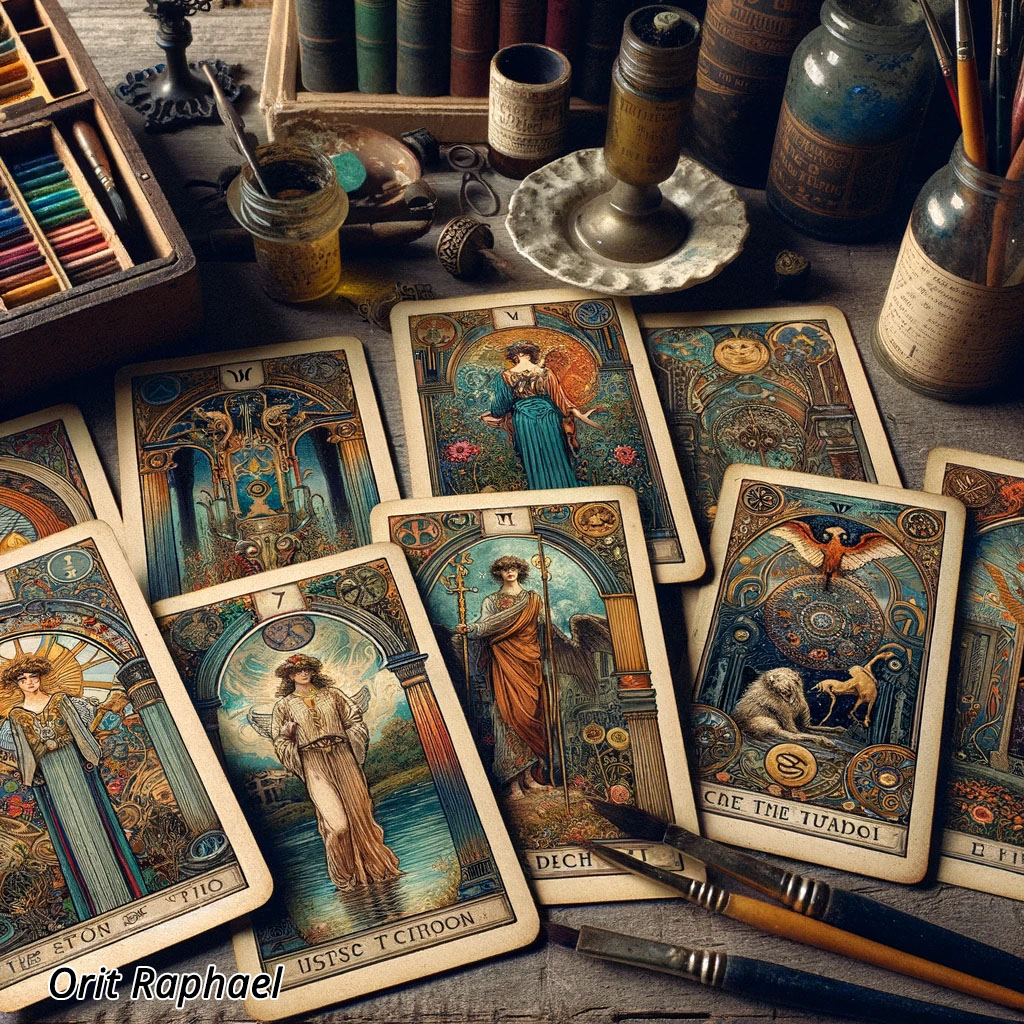
In the modern world, Tarot cards extend far beyond the realm of fortune-telling. They have become a versatile tool used for various purposes, ranging from counseling and therapy to creativity and art.
Innovative Approaches:
In recent years, we have witnessed the development of innovative approaches to Tarot reading and the creation of diverse working methods. Many readers integrate Tarot with other fields, such as psychology and various spiritual teachings.
Online Communities:
Online Tarot communities and forums for discussion and learning are thriving on social networks and websites. These communities allow readers to learn from one another, share experiences, and develop their skills.
A Relevant Cultural Tool:
Tarot has become a relevant cultural tool and part of the contemporary spiritual movement. Many people find it to be an effective means of coping with modern life's challenges while connecting to their inner depth and creative forces.
In Conclusion:
In the modern world, Tarot is much more than a tool for fortune-telling. It has become a versatile tool used for various purposes, reflecting the needs and quests of the modern individual.
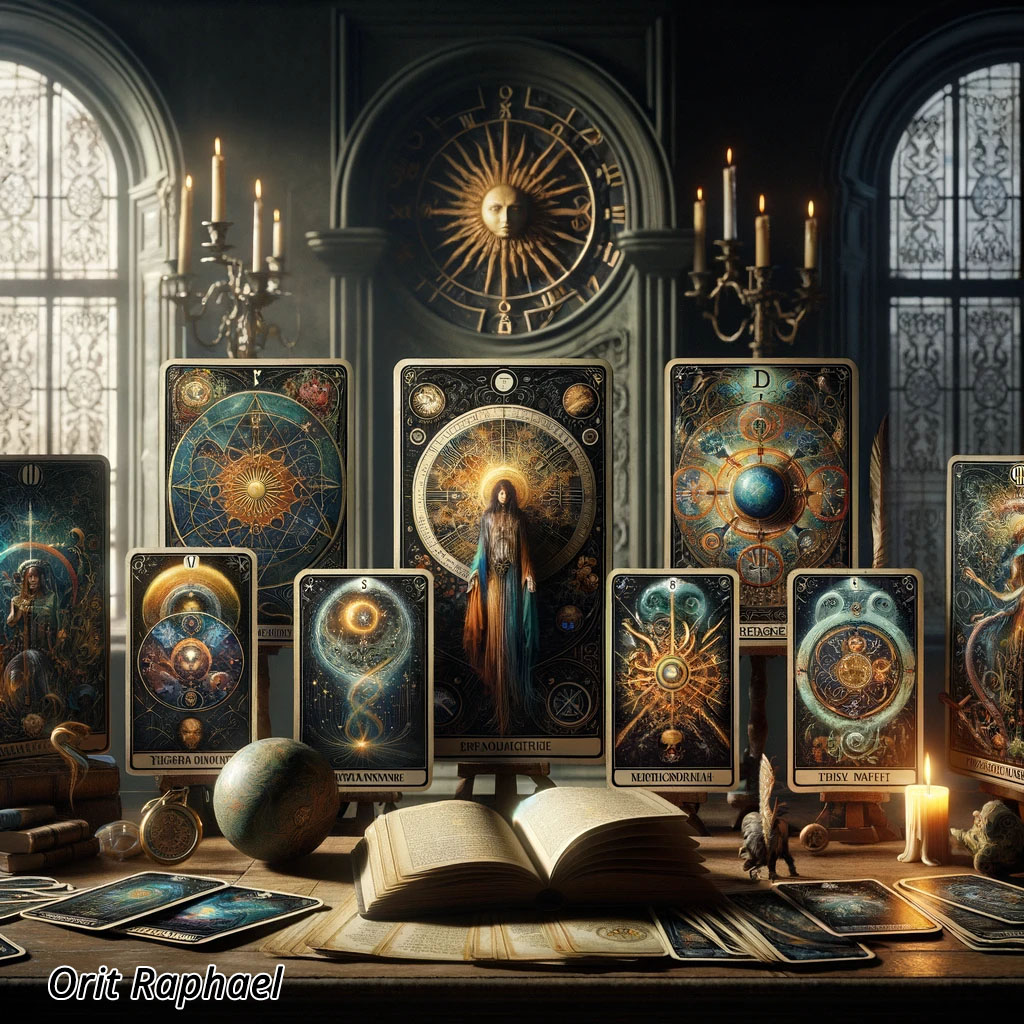
This article reviewed the history of Tarot cards, from their origins as playing cards in 15th-century Italy to their modern developments. Throughout history, Tarot cards have undergone numerous changes, both in their design and in their uses.
Key Milestones:
Changes and Developments:
Broad Cultural Significance:
Tarot is a versatile tool used for various purposes, both entertainment and spiritual. It reflects the needs and quests of the modern individual, serving as a means to connect with inner depth and the creative forces within us.
Sources:

Orit Raphael, Tarot Reader for Personal Guidance, Insights, and Messages